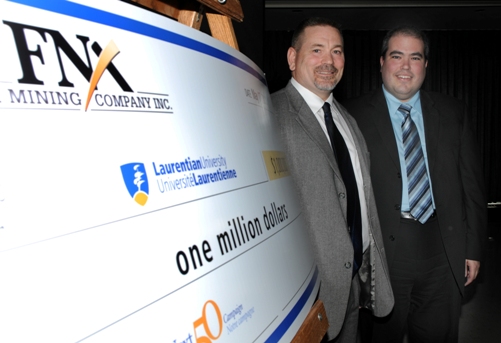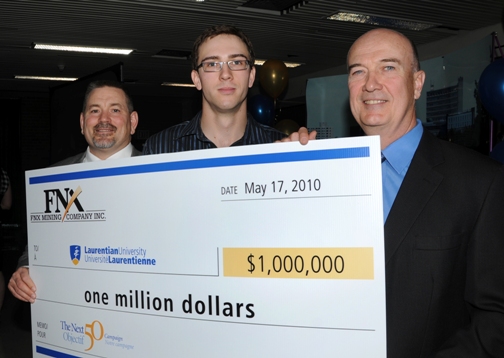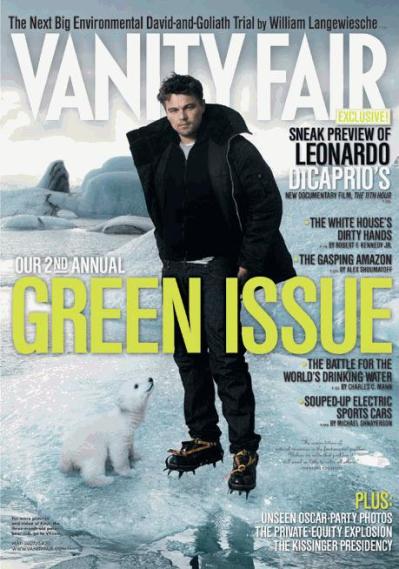Adelle Larmour is a journalist at Northern Ontario Business and Sudbury Mining Solutions Journal. Contact her at untiltheend.larmour@gmail.com to order a copy of Until the End.
Chapter 4 – Mine Mill Union
Processes for extracting ore from the ground and, in turn, specific metals from the ore were still developing and very much at the experimental stage. The industrial revolution was gaining momentum, but the technology employed was crude at best. Harsh, dangerous working conditions were the norm, creating a breed of hard-bitten, tough labourers who produced the wealth for mining companies.
These very conditions, coupled with long strenuous work days, termination notices at the drop of a hat, job and race discrimination, and screaming tyrant bosses, created a stress-induced, unsafe environment leading to numerous fatalities. Consequently, attempts to organize workers into unions as a means of collective protection were initiated.
On May 5, 1893, the Western Federation of Miners (WFM) was born and brought into being in Butte, Montana, according to The International Union of Mine, Mill and Smelter Workers, CIO-CCL (Congress of Industrial Organizations-Canadian Congress of Labour). WFM organizers were sent to British Columbia in 1906. In that same year, organizers came to Northern Ontario, where Local 146, Cobalt Miners Union, was chartered a member of the Western Federation of Miners. Within ten years the union had spread to many of the northern gold mines.1
























 Juan Carlos Reyes is the organizer of the annual Learning Together conference and an aboriginal consultant with
Juan Carlos Reyes is the organizer of the annual Learning Together conference and an aboriginal consultant with 
 MacGibbon could not attend the event, however, Vern Baker, FNX Vice-President of Sudbury Operations was on hand to present the million dollar cheque. Baker said, “One of our strengths is our geology team, many members of which are proud Laurentian University graduates.
MacGibbon could not attend the event, however, Vern Baker, FNX Vice-President of Sudbury Operations was on hand to present the million dollar cheque. Baker said, “One of our strengths is our geology team, many members of which are proud Laurentian University graduates.  A version of this column was originally published in the June 2007 edition of
A version of this column was originally published in the June 2007 edition of